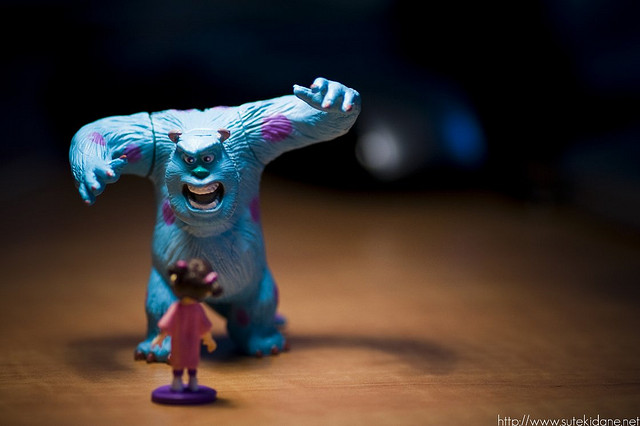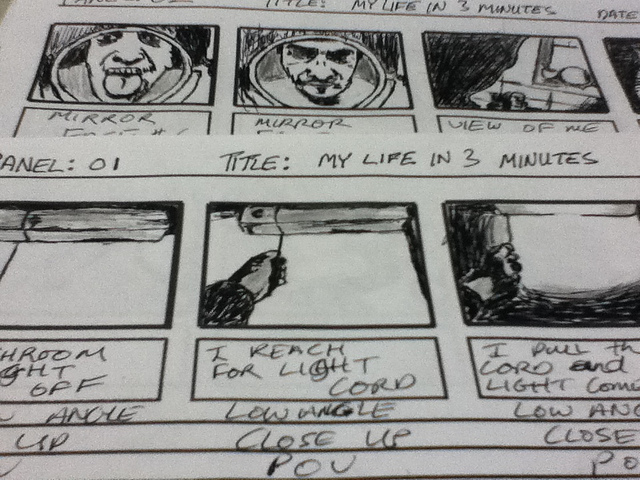
I have a confession to make. Hollywood has always fascinated me. Not because of the larger-than-life stories they come up with. But because of the enormous machinery that churns out a movie. To the utter frustration of my family, I always stay back at the end of a movie, looking at all the credits which flash by - to see the rest of the iceberg under the tip. The thousands of people who made this movie happen, out of which only a fraction gets the world wide adulation, but all of them were needed to make it happen.
The actors are important, yes, but I am generally more impressed with the production values of a movie. My handful of attempts to even cut a 2 minute home video, made me aware of how difficult editing really is. And how editing, just one of the functions in making a movie, can make or break a movie - make a difference about whether it kept you glued to the story, or made your attention waver. And every body knows about sound effects - how the closer the sound effects are to your assumption of reality, the more seriously you take the movie. Seriously, I lose interest in a movie as soon as I hear a single “dhishum” - too many years of crappily produced Indian movies will do that to you.
But nothing is more important to the movie that the story. I am a bit aware of the role of the screenplay. I can sort of imagine the effort it takes to translate even a well written book to a detailed screenplay. But I certainly have no idea of the scale of the effort it takes.

So when I read this article (No amount of technology will make a bad story good), I was fascinated. According the article, Job once relates the effort it takes to make an animated movie:
In the clip Jobs tells how the typical live action film will shoot between 10- to one 100-times more footage than will actually appear in the film. After shooting, the film is assembled in editing, which leaves most of what was shot on the cutting room floor. But animation is much too expensive to create a film in this way. Because animation is so expensive you have to edit the film before you actually make it, Jobs explains. This is where storyboarding comes in. The story team has sketches of each scene which follow the progression of the script. A film could have thousands of these.
“Basically we build our movie before we make it out of these story sketches, and we video them, put scratch music and scratch voices so that we can watch our movie. And invariably what you think is going to work crashes and burns when you see it in the reels.”
It is this dedication to achieve perfection in the fundamental purpose of a movie - story telling, that floors me. It makes the difference between a movie that I will remember forever and a movie, where by not paying attention to the story, you feel you have been robbed of a couple of hours of your natural life.
In Job’s words:
Pixar has a story crisis on every movie they make, says Jobs. When the story is not working, Jobs says, “we stop, we stop and we fix the story. Because John Lasseter really instilled a culture of story, story, story. Even though Pixar is the most technologically advanced studio in the world, John has a saying which has really stuck: No amount of technology will turn a bad story into a good story. That’s one of the reasons why we have been so fortunate is that we get to look at our stories before we really make them and perfect them in reels, and then go make them.”
Image credits: Pixar toys by Thanh Nguyen, Storyboarding by Bernard Goldbach.
comments powered by Disqus![[FSF Associate Member] [FSF Associate Member]](/images/fsf-371257.png)
![[PSF Supporting Member] [PSF Supporting Member]](/images/psf-supporting-member-badge-small.png)